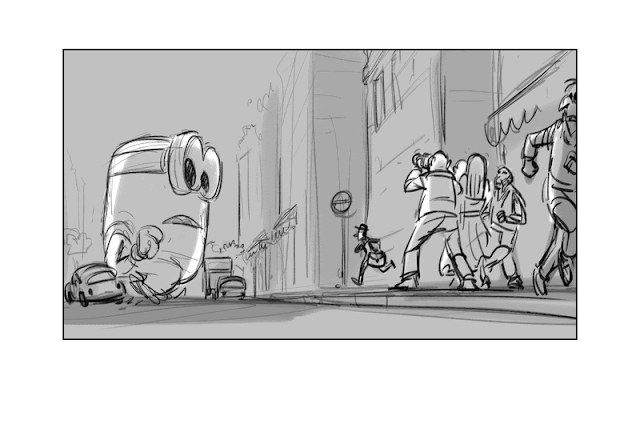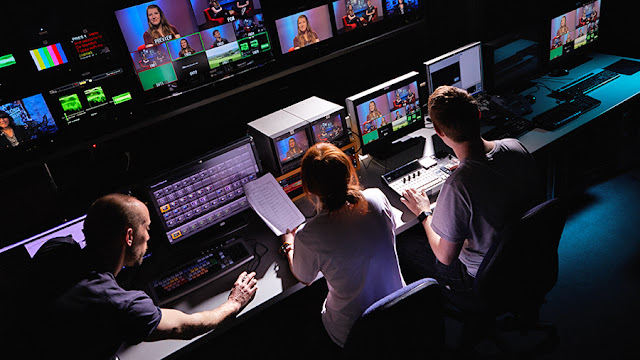What Is A Story Board?
What is A Storyboard?
In this post I will be writing about what a storyboard is, why it is used and why it is important to the film industry.

In this post I will be writing about what a storyboard is, why it is used and why it is important to the film industry.

IMPORTANCE OF STORYBOARDS:
- Storyboards are very important before the film is produced because it helps the directors and cinematographers to visualise the scenes and find potential mistakes or problems so that they can be fixed before the movie is filmed.
- It helps the director plan exactly what they want to do and how they want it to look like.
- Storyboards are good for before and after filming.
- They are good to keep after filming for the editor so they know what tension or scenery they are supposed to create.
- Editors are usually not on set. So storyboards helps them easily get it together.
ABOUT STORYBOARDS:
- Storyboards are visual and show exactly what is going to occur in the whole film.
- It shows how the camera moves and how you frame the shot which all has an impact on the film.
- Makes sure everyone is on the same page and has a visual report of how it will look like.
- It also crucially helps you visualise your idea.
- There is so much saved money by having storyboards as you can see the whole film before it is even filmed or made.
- Storyboards are always in a narrative order, therefore, it will not always result in how you intend to film it.
WHY IT IS IMPORTANT FOR OUR GROUP:
- It guides us through the opening sequence before we film it so we know how and what shot we must have.
- It also helps us create new ideas throughout when we are producing the storyboard.
- We can use the storyboard to show the actors of the specific scene to know exactly what their actions must be.
- When we have filmed the whole sequence, we can use our storyboard to guide us whilst we edit so we can improve it more.
A STORY BOARD SHOULD INCLUDE:
- Where people are in the frame (composition)
WHY IT IS IMPORTANT FOR OUR GROUP:
- It guides us through the opening sequence before we film it so we know how and what shot we must have.
- It also helps us create new ideas throughout when we are producing the storyboard.
- We can use the storyboard to show the actors of the specific scene to know exactly what their actions must be.
- When we have filmed the whole sequence, we can use our storyboard to guide us whilst we edit so we can improve it more.
A STORY BOARD SHOULD INCLUDE:
- Where people are in the frame (composition)





Comments
Post a Comment